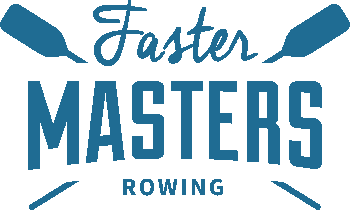Pair oar boats are fun and a huge challenge. We discuss what you should do when trying a pair for the first time and what makes pairs go fast.
Timestamps
03:00 set up the rig correctly.
- handle at the right position
- release at the same place
- oar handle height.
Set up to the pin “work through” position so you are both the same. If you don’t know what this is, ask us!
05:00 You can adjust inboard/out- board to unique settings for this crew.
07:00 Who sits where?
Stroke – needs to be regular and rhythmical. Strength of the rowers affects seating – bow has more leverage so weaker athlete can go here. Who steers?
09:00 Experiments are encouraged.
What makes a fast pair?
10:30 Fast pairs are good communicators.
Technique – hand heights on the recovery must match. Practice your hand heights and high balance.
12:30 Stability on the recovery. Find exact timings – arms, squaring, body rock etc. Sequence together. Use physical reference points to guide you.
15:00 Who feels things more?
Body awareness is needed – control your weight as you go through the stroke.
17:00 Choose a gathering point where you focus on being precisely together in timing and body position. This creates synch between you.
Power alignment
19:30 Match your power curves Use land ergs to wore on this. Initiate the power in the same way.
21:30 Steering a pair.
Use pressure more than the rudder. Recovering from a mis-steer is a critical skill. Build steering habits into your practices.
Pairs are fun – a worthwhile investment in time.
Resources
- Steering a rowing boat – how to set the steering foot up correctly


